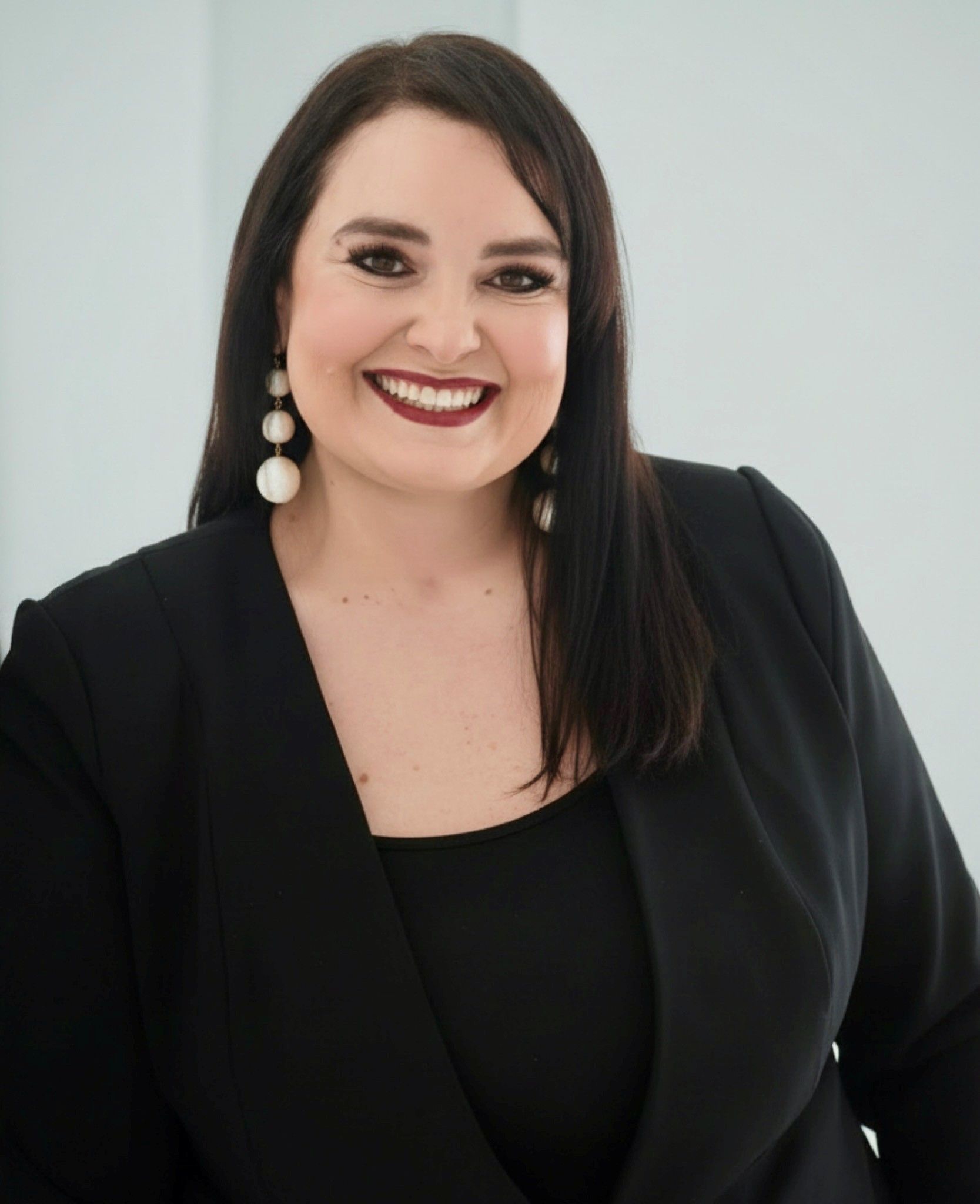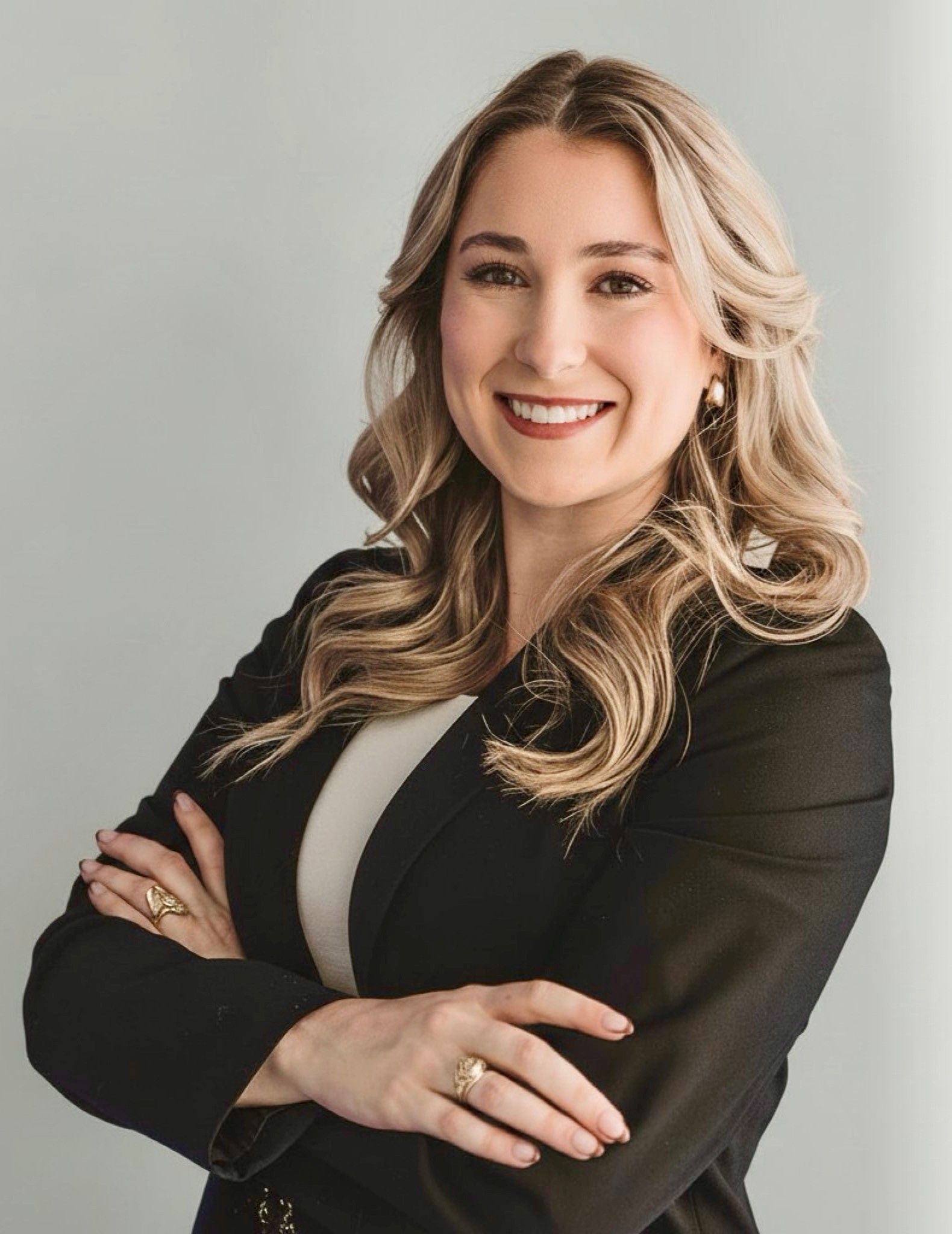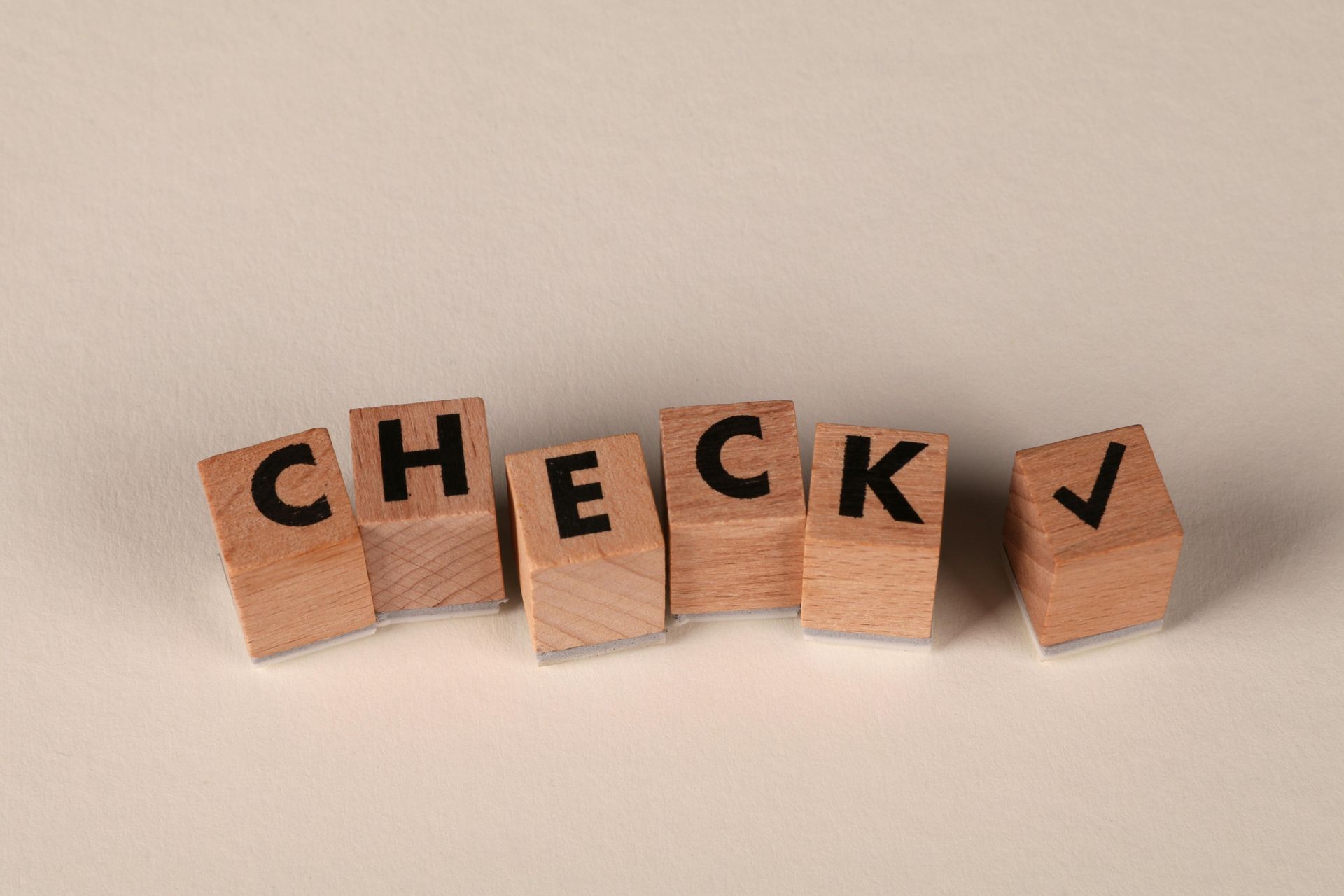Geographic Indicators as Marks
ATTORNEYS IN DALLAS
The complexities of using geographic indicators as trademarks. Learn why registration on the Principal Register may not be allowed and the factors an examining attorney considers when rejecting a geographic trademark.
Geographic Indicators as Marks
Trademark applicants often express interest in using geographic indicators as trademarks. However, according to the Trademark Act, registration on the Principal Register is not allowed for marks that are predominantly descriptive of the goods or services specified in the application and are primarily related to a geographic location. The Trademark Manual of Examining Procedure provides further details on this matter. If an Examining Attorney rejects a trademark application based on this ground, they must present a prima facie case demonstrating the following three factors: (1) The primary significance of the trademark is a well-known geographic place, (2) The products or services originate from the location mentioned in the trademark, and (3) Consumers are likely to believe that the goods or services come from the geographic location identified in the mark.
Among these factors, factors 1 and 3 are of utmost importance. If factors 1 and 3 are established, factor 2 will be assumed. Furthermore, it is not necessary for the geographic place mentioned in the mark to be known for producing the specific goods; the mark can still be primarily geographically descriptive.
Geographically Deceptive Marks
After the modification of the Trademark Act through the North American Free Trade Agreement (NAFTA), an identical examination standard has been employed to identify and reject Geographically Deceptively Misdescriptive Marks and Geographically Deceptive Marks. Four factors must be proven by the Examining Attorney to support a refusal based on either of these grounds: (1) The primary significance of the trademark corresponds to a widely recognized geographic location, (2) The products or services do not originate from the place mentioned in the trademark, (3) Consumers are likely to believe that the products or services come from the geographic location indicated in the mark, and (4) The misrepresentation plays a significant role in a substantial portion of consumers' purchasing decisions.
Although the test for determining whether a mark is primarily geographically deceptively misdescriptive is now the same as the test for determining if a mark is geographically deceptive, there are differences in the rules for registering these marks on the Principal and Supplemental Registers. It is worth noting that most trademark regulations pertaining to geographic designations involve subtleties and necessitate the expertise of experienced trademark attorneys to interpret and apply the rules in specific circumstances.
Contact an Experienced Trademark Attorney
If you need legal advice regarding your trademark rights, assistance with trademark prosecution, or representation in a domain name dispute, contact Wilson Whitaker Rynell. Our team of trademark lawyers has extensive experience in all aspects of trademark and copyright law, including the filing of trademark applications and representing clients in defense or prosecution before the Trademark Trial and Appeal Board.
- 66(a) Applications
- Abandoning a Trademark Application or Withdrawing a TTAB Proceeding
- Abandonment and Nonuse
- Abbreviations as Trademarks
- Accelerated Case Resolutions
- Acquired Secondary Trademark Meaning
- Amending Trademark Application
- Assigning a Trademark
- Assigning a Trademark and the Intent to Use Application
- Avoiding Fraud on Trademark Applications
- Avoiding Trademark Litigation
- Basis for Filing a Trademark
- Benefits of Registering a Trademark
- Bona Fide Intent to Use
- Celebrity Trademarks
- Challenging the Relatedness Factor
- Challenging Trademark Rights
- Claims in a Notice of Opposition
- Co-Existence Agreements
- Common Law Trademarks in the Internet Era
- Common Law Use and Priority
- Conflicting Marks
- Consent Agreements
- Constructive Use Priority
- Dates of Use
- Defenses in Opposition and Cancellation Proceedings
- Descriptive or Generic Trademarks
- Design Marks
- Design Trademarks
- Determining Trademark Similarities
- Discovery in TTAB Proceedings
- Dividing a Trademark Application
- Drawing Page
- Electronic Display Specimens for Trademarks
- Evidence in TTAB Proceedings
- Evidence of Acquired Distinctiveness
- Expediting Trademark Cancellation for Nonuse or Abandonment
- Extending Time to Oppose
- Factors of a Likelihood of Confusion Analysis
- False Suggestions of Connection
- Famous Trademarks and Likelihood of Confusion and Dilution
- Filing an Opposition or Cancellation Proceedings
- First Sale Doctrine
- Five Years of Use
- Foreign Trademark Rights
- Generic Trademarks
- Geographic Trademarks
- Hiring Trademark Counsel
- Immoral and Scandalous Trademarks
- Incontestability of U.S. Trademarks
- International Trademark Filings
- Joint Trademark Ownership
- Lawful Use of a Trademark in Commerce
- Likelihood of Confusion Analysis
- Likelihood of Confusion Refusal
- Merely Descriptive Trademarks
- Multiple Bases for a Trademark Application
- Overcoming and Ornamentation Trademark Refusal
- Personal Name Trademarks
- Principal and Supplemental Registers
- Protecting Single Creative Works
- Recording Trademark Assignments
- Refusal of a Trademark
- Refusing a Trade Dress Application
- Registering a Certification Trademark
- Registering a Service Mark
- Registering a Trademark That Lacks Inherent Distinctiveness
- Registering an International Trademark
- Relatedness of Goods or Services
- Request for Reconsideration in Trademark Office Action
- Requirements for International Trademark Application
- Revive an Abandoned Trademark Application
- Secondary Meaning
- Source Confusion
- Special Trademark Applications
- Standard Character and Special Format Marks
- Standing in Opposition and Cancellation Proceedings
- State Trademark Registration
- Statement of Use Extensions
- Tacking Doctrine
- Technical Trademark Use
- The Supplemental Register
- Trade Dress
- Trade Dress Application
- Trademark Application
- Trademark Clearance Searches
- Trademark Disclaimers
- Trademark Licensing
- Trademark of Authors, Performing Artists, and Characters
- Trademark Ownership
- Trademark Protection In Texas
- Trademark Settlements
- Trademark Specimens
- Trademark Specimens
- Trademark Use by Related Company
- Trademark Use in Advertising
- Trademark Use in Commerce
- Trademarking a Distinctive Mark
- Trademarking a Hashtag
- Trademarks for Musical Artists
- TTAB Discovery Rules
- TTAB Proceedings
- U.S. Service Mark
- U.S. Trade Dress
- Understanding Trade Channels
- Unitary U.S. Trademark
- Universal Symbols as Trademarks
- Using Secondary Sources
- What is an Ex Parte Appeal?
- Where to Register a Trademark
- Who Must File a Trademark?
CLIENT MATTERS
5,000+
YEARS OF SERVICE
25+
Award Winning
Recognized in the legal industry as dedicated board-certified lawyers and Rising Stars.
Expert Team
Your project will be handled by legal experts every time. You will have the most experienced attorneys working for you.
Quality Representation











